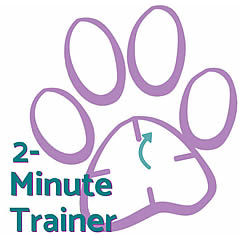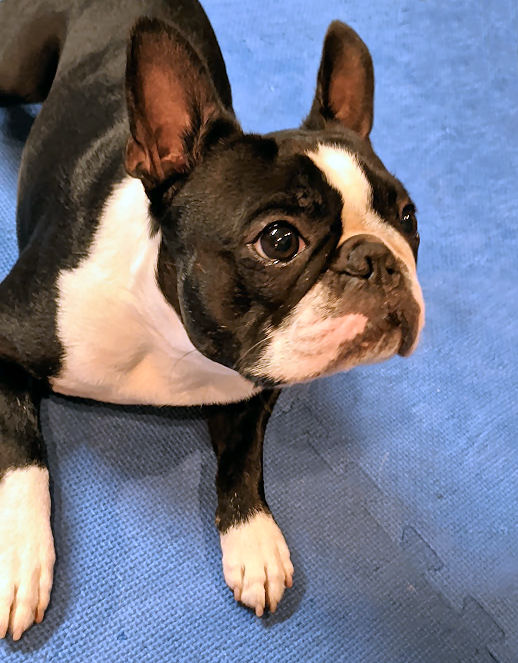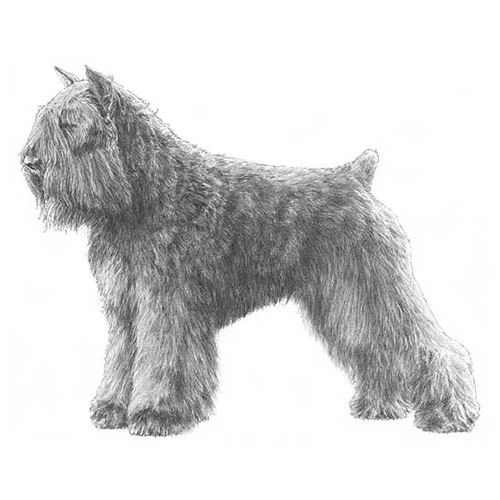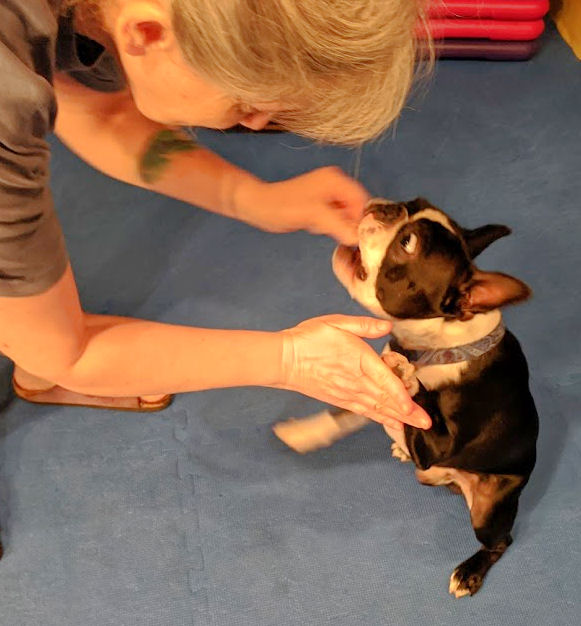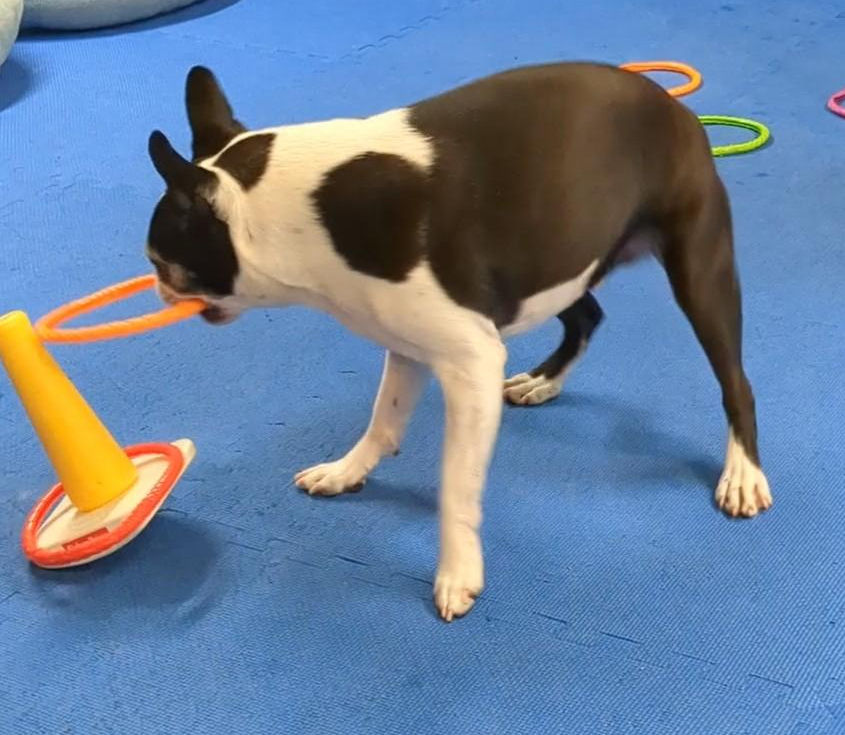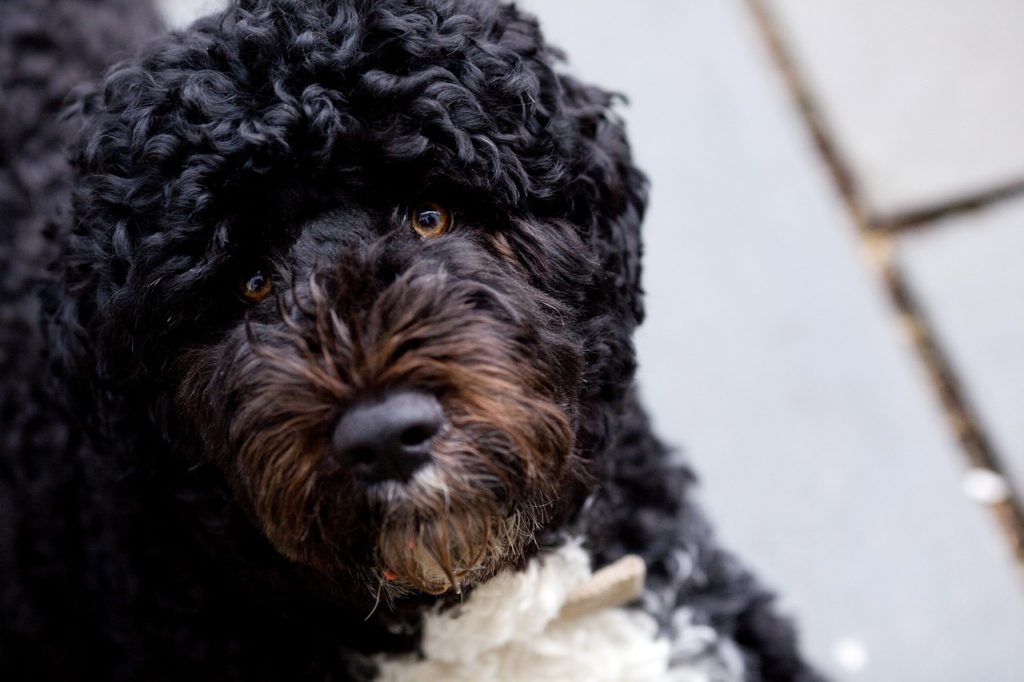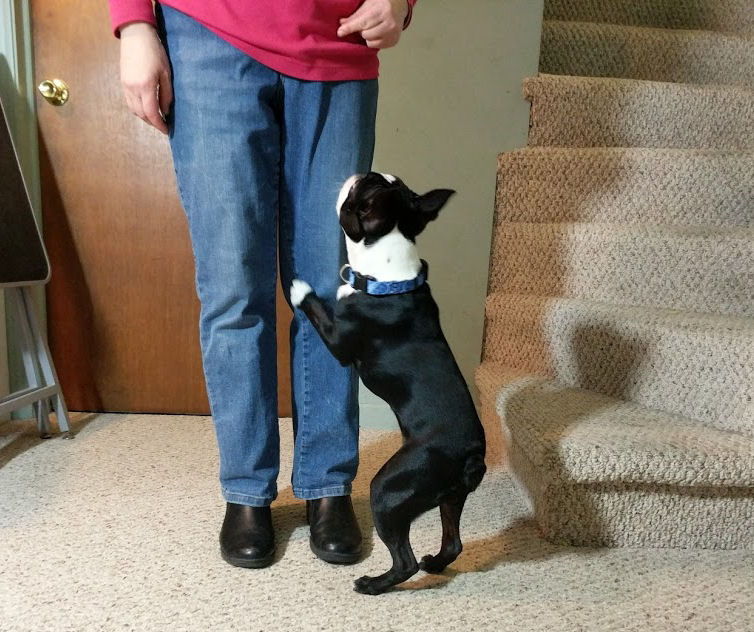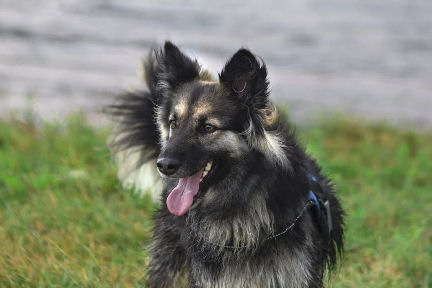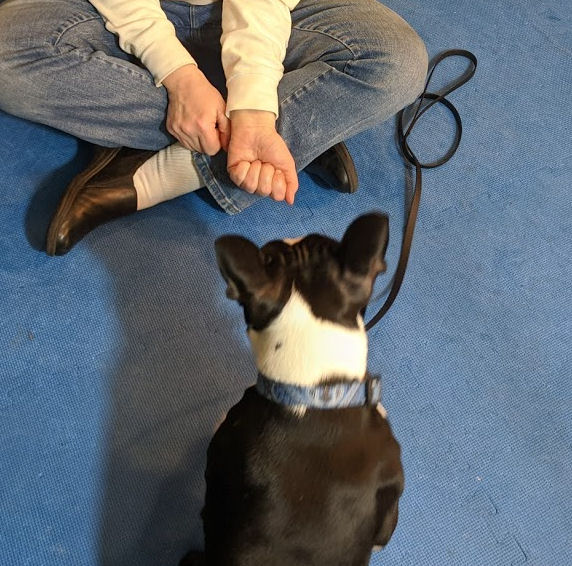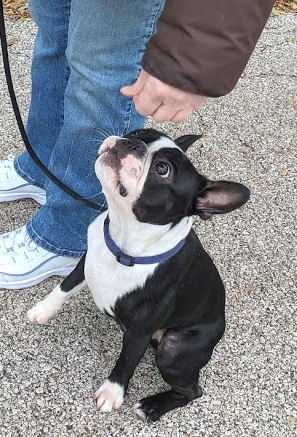
If you’ve ever made a mistake and groaned, or muttered “ugh!,” your dog needs an “oops cookie.” It’s not that you’re not allowed to make mistakes. You are. Everybody is. It’s to let your dog know it’s not their fault.
Your dog thinks you are absolutely perfect. Everything you do or say is right in your dog’s eyes. Therefore, it’s inconceivable that you’re ever wrong. Or so your dog thinks.
If you’re human, that’s not true. But your dog doesn’t know that. Let’s keep it that way.
The most tell-tale sign that you’ve made a mistake is when you say “ugh!” or something less g-rated. But when you say something like that out loud, your dog thinks they did something wrong. Because you’re perfect in your dog’s eyes. So it must be their fault, or so they think.
Unless you convince them otherwise, your dog may get confused. They won’t know how to “fix” what happened, because they don’t know what went wrong. Some dogs worry about being right. If your dog’s one of them, they might shut down or disengage.
When you make a mistake in your training games give your dog a treat. As soon as “ugh!” leaves your lips, reach for a treat and stick it in your dog’s mouth. It’s a “goof goodie,” or an “oops cookie.” It’s especially important if you’ve muttered something like “darn!” or something more colorful. Your dog doesn’t understand that you make mistakes, so they might take the blame on themselves.
Nobody’s perfect
Years ago, Hope volunteered as a reading tutor for adults learning to read English. As part of their lessons, Hope and the students took turns reading out loud. It was a complete surprise to the students that everybody (even Hope!) stumbles over words and isn’t perfect. And they were much less shy about their reading aloud when they understood that nobody’s perfect.
Unfortunately, your dog will never understand “it’s not you, it’s me!” So skim over the mistake by giving your dog a treat and moving on. Don’t dwell on whatever you screwed up. Just try not to do it again.
Move along, there
Whether you said the wrong thing, clicked at the wrong time, turned in the wrong direction, it doesn’t matter. Just start over or do it again. It takes a while to stop the inadvertent blurts when you mess up. Don’t dwell, just give your dog a goof goodie and get back to your training game.
The nice thing is that your dog won’t question unexpected jackpots. They may not know why they got the oops cookie, but they also don’t care. If you’re like us, sometimes your dog gets a treat just for breathing. Or looking cute. Dogs are really good at cute. Chalk it up to cute.
Change your habit
It takes a long time and lots of conscious effort to change a habit. If you always say something to mark your mistakes, it’s going to take time to turn that around. You may not even know you do it. It’s another argument for recording your training games – and watching the playback. In the meantime, recognize when you’ve done it and give your good dog an “oops cookie.”
